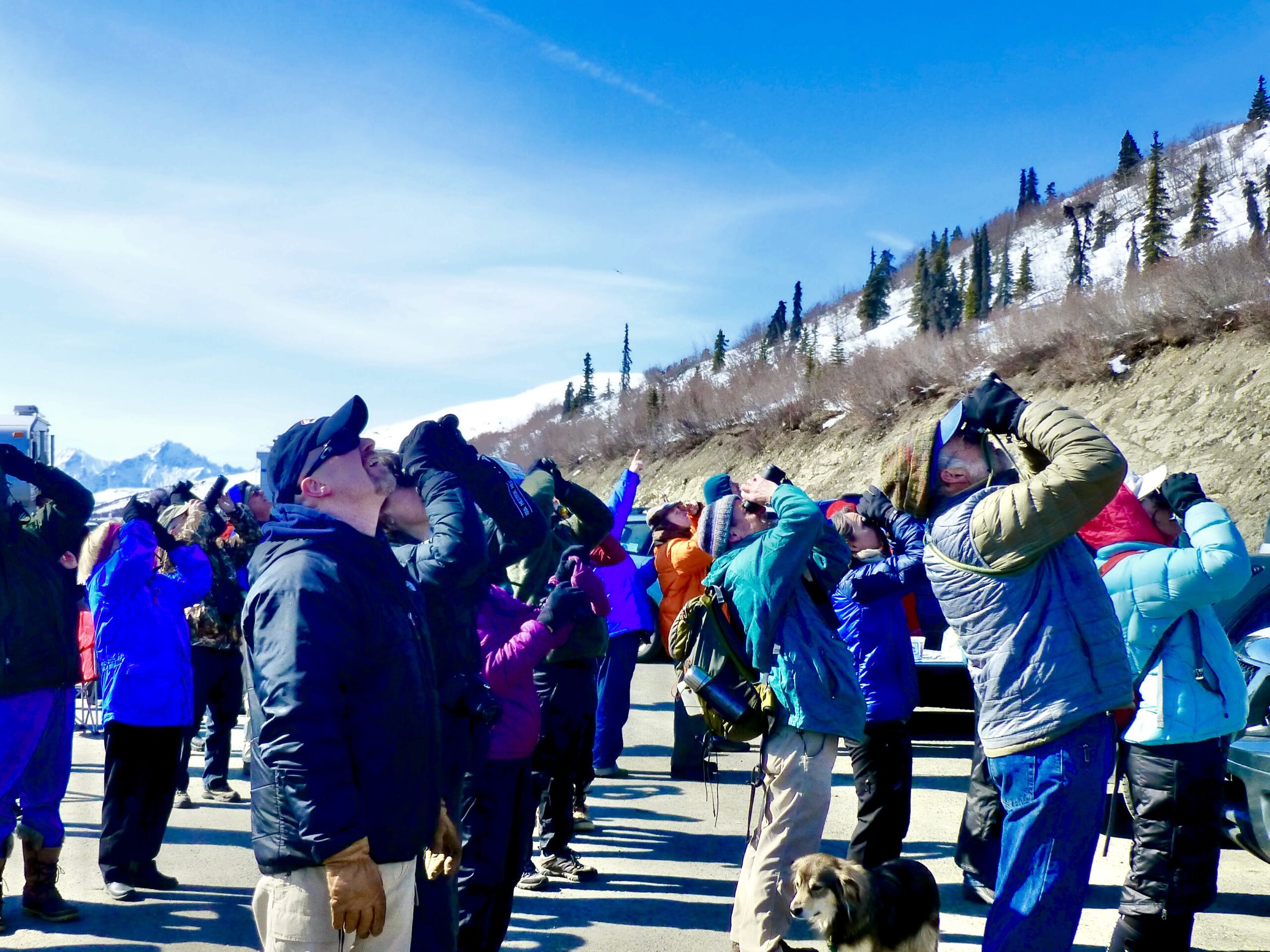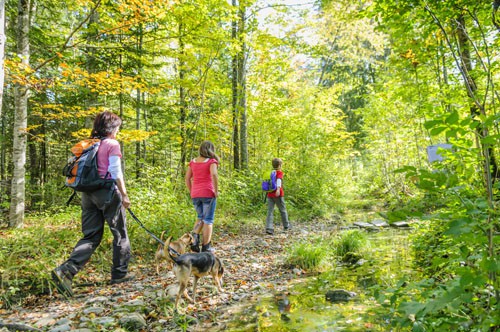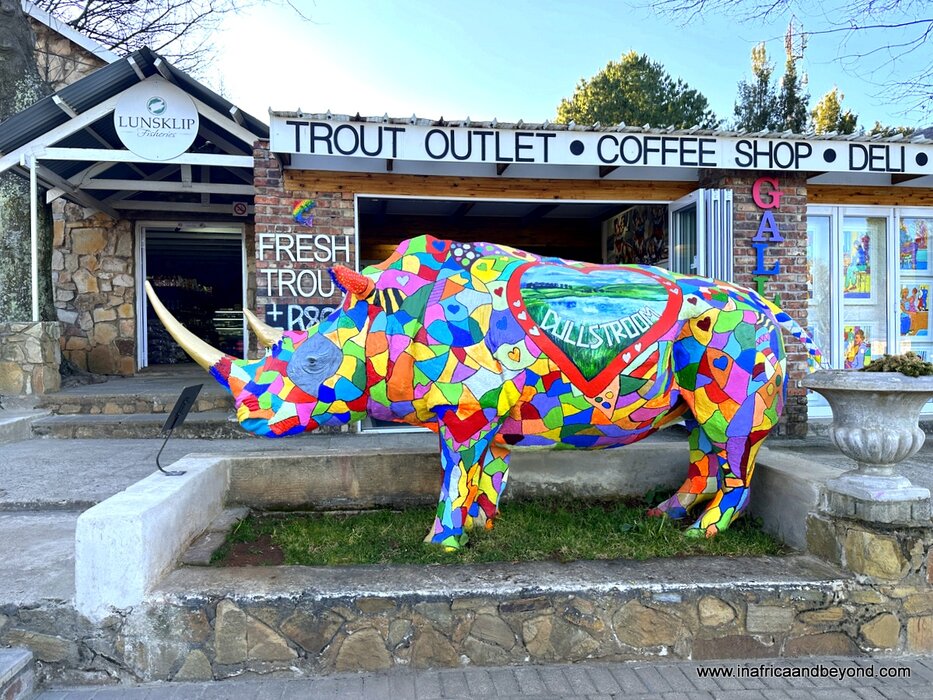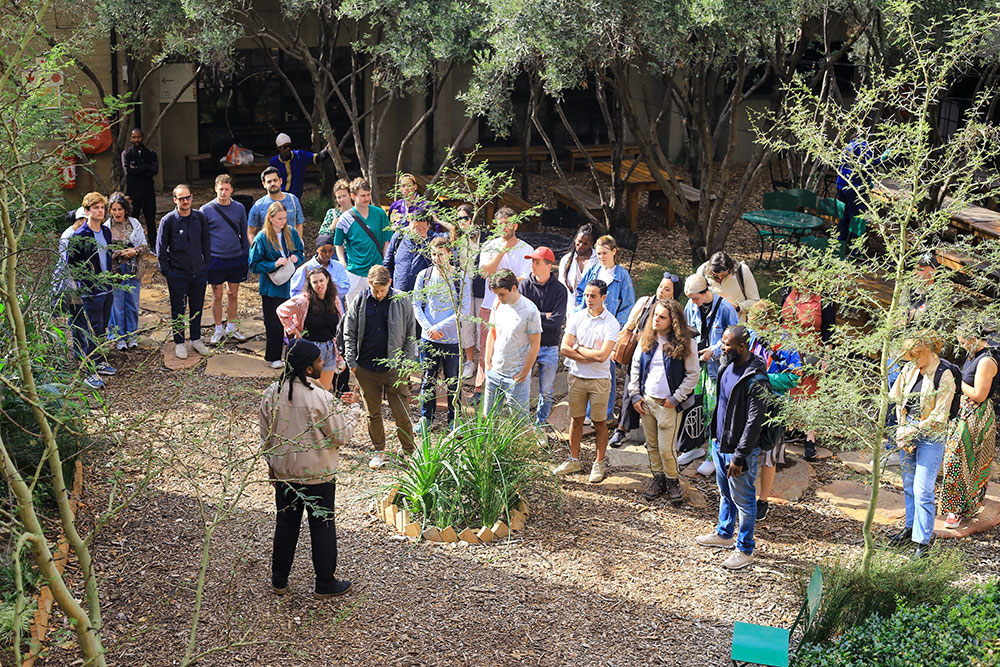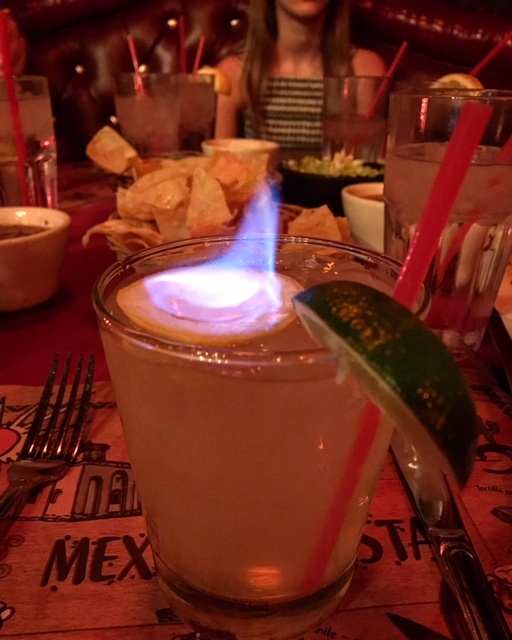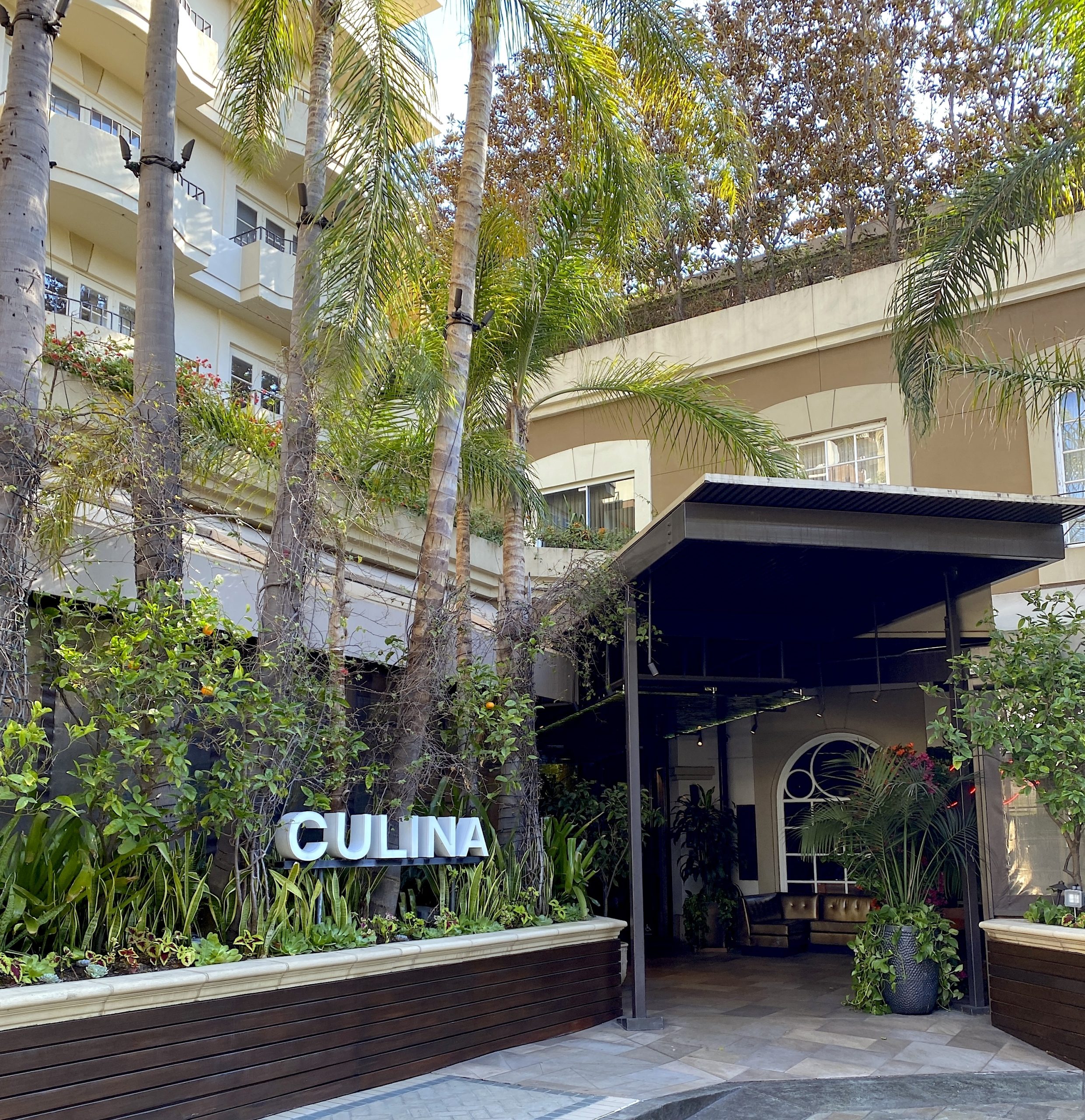Alaska Magazine | April Happenings: Gunsight Mountain Hawk Watch

Annie Alexander and Allen Hasselborg
In 1907, Annie Montague Alexander, a naturalist, paleontologist and world traveler, was camped with a team of scientists on Admiralty Island in southeast Alaska. She was trying to make good on her dream of collecting specimens to create a museum of natural history on the west coast of America. Having witnessed the depletion and extinction of wildlife in the Lower 48, Alexander saw the museum as a way to help preserve the country’s natural history. C. Hart Merriam, the Director of the US Biological Survey, had directed her to attain as many bear specimens as possible. Alexander was trying her best to fulfil Merriam’s request, but that May in 1907, the expedition had collected very few vertebrate species and no bears. Their failure was even more disheartening since Alexander had spent the previous summer in Alaska and was also mostly unsuccessful — something she blamed on the inability to find a good guide or hunter.
Alexander’s luck changed in mid-May of 1907, when out of the wilderness a lone man in a canoe appeared. He paddled to camp and offered to sell Alexander the hide of a bear he’d recently killed. His name was Allen Hasselborg and, though he was young and rough, the scientists realized he possessed what they lacked: a practical knowledge of bears and the woods. Alexander offered him a job guiding and hunting for the expedition. While this might sound like the setup for a romance story, both Alexander and Hasselborg defied dominant paradigms and, to this day, easy categorization.
Hasselborg would go on to become a legend. He never sought notoriety but numerous writers he’d later guide, from Arthur Pack, the founder of Nature Magazine, to outdoor writer Frank Hibben, often wrote stories about him that often stretched the truth. He was sometimes depicted as an eccentric hermit, other times as a wilderness version of Socrates. He was fearless and talked to bears; he survived at least two maulings (in both cases he shot the bears, causing the attack). He killed hundreds of bears for money until, one of the myths go, one day he hung up his rifle and fought to save them. John Howe’s biography on Hasselborg, Bear Man of Admiralty Island, does a good job portraying Hasselborg in a more human light.
At the point Hasselborg met Alexander, he was far from legendary status. He was a young man who was disillusioned with civilization looking for an opportunity to make a better living. He’d worked in several mines under terrible conditions. For him, a job hunting bears and exploring was a dream come true. Hasselborg suggested moving the expedition 20 miles south to Mole Harbor, where he said there were more bears and where the team could explore a series of lakes across Admiralty Island that Hasselborg trapped during winters. Today, these lakes comprise a significant portion of the Cross Admiralty Canoe Route. One of the lakes is named after Alexander, and Alexander named the biggest lakes after Hasselborg, a token of how much she valued and respected the hunter.
The expedition went on to collect specimens from other islands in northern Southeast Alaska and what is now known as Glacier Bay National Park. Alexander went home with 1,008 bird and mammal specimens, including 28 bears. It was enough for her to make good on her dream of founding the Museum of Vertebrate Zoology in Berkely, California. In 1921, she also founded the University of California Museum of Paleontology.
In 1908, Hasselborg was hired to hunt bears for Merriam until June, when he met up with Alexander and other scientists to collect specimens in Prince William Sound. New to the team was Louise Kellogg. She and Alexander would become partners for the rest of their lives. By the end of summer, Alexander returned to California with more than 1,000 additional specimens for her museum. She and Kellogg would make other collecting expeditions to the northwest, but that was the last Alexander and Hasselborg worked in the field together. Biological Survey Director Merriam’s obsession with bears never waned. He kept Hasselborg employed for years hunting for him. Hasselborg never got over bears either. He ended up living for much of his life alone on his homestead in Mole Harbor on Admiralty Island.
Annie Alexander never lost her obsession with exploring and categorizing the natural world. She was not as romanticized as Hasselborg. There were no men’s magazines telling stories of her fighting giant bears, but she was just as much of a badass. She cared little for societal expectations of women. Alexander’s biographer, Barbara Stein, and others point out that her contribution to America’s natural history was foundational. In her later life, Alexander focused on botany. She and Kellogg found a new genus of grass in the Sierra Nevada in 1949. A short while later, Alexander suffered a stroke that put her in a coma. She died 10 months later, Kellogg at her side, at age 83.

Publisher: Source link
Latest Posts
-
31 July 2025
-
26 July 2025
-
14 July 2025
-
01 July 2025
-
07 August 2025
-
29 July 2025
-
20 February 2025
-
04 February 2025
Newsletter
Sign up for free and be the first to get notified about new posts.
Get The Best Blog Stories into Your icountox!
Sign up for free and be the first to get notified about new posts.

